
Why Zurich cemetery devotes section to LGBTQ community
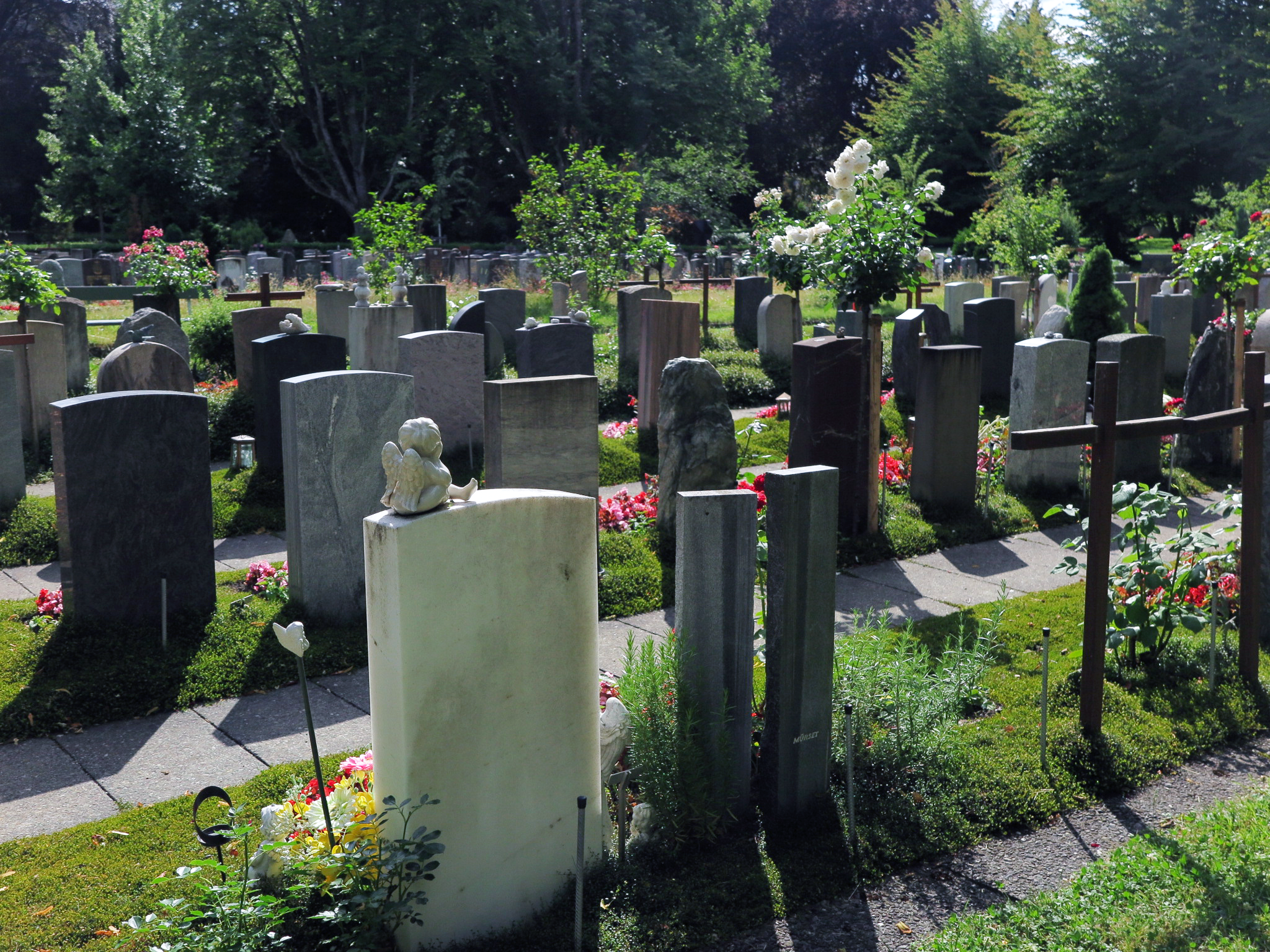
Many people want to remain close to their loved ones after death. This is also true for members of the LGBTQ community. Soon they will have their own burial ground in Zurich.
When you enter the Sihlfeld Cemetery, you are greeted by a tree-lined boulevard. All that can be heard is the rustling of branches swaying in the wind and the chirping of birds. It is easy to forget one is within the noisy city centre of Zurich, Switzerland’s largest city.
In a small corner of the largest public cemetery in the city, which covers an area of 280,000 square metres, a section for LGBTQ (lesbian, gay, bisexual, transgender and questioning and/or queer) people is being carved out. Backers of the project see this as an act of affirmation rather than segretation.
The Rainbow Rest project was launched in February last year by several queer organisations keen to provide a final resting place for people from the LGBTQ community.
The first in Switzerland
Sihlfeld’s graveyard for LGBTQ people is the first of its kind in Switzerland.
Zurich is not the only city in the world to establish a graveyard for LGBTQ people.
The Congressional Cemetery in the US capital Washington also has a graveyard for LGBTQ people. A graveyard for gay men was created in 1988, and Leonard Matlovich, the first Vietnam veteran to come out as gay, was buried there. In the 1980s and 1990s, when the AIDS crisis gripped the LGBTQ community, the Congressional Cemetery was one of the few in the country to bury AIDS victims.
GO Magazine, a US lesbian magazine, reported in 2008 that a cemetery for Danish gays had opened in Copenhagen. The organisation Rainbow reserved 36 plots for urn burials, the report said.
In 2014, Germany’s first lesbian burial ground was opened at the Georgen-Parochial Cemetery I in Berlin on an area that can accommodate 80 urns and graves.
In Japan, some temples and cemeteries offer graves for LGBTQ people who wish to be buried together.
It is already possible for same-sex couples to be buried in a family plot in Switzerland. Emilie Lieberherr (1924-2011), for example, a well-known Zurich politician who campaigned for women’s rights, was buried in the same grave as her partner Minnie, with whom she had lived for over 70 years.
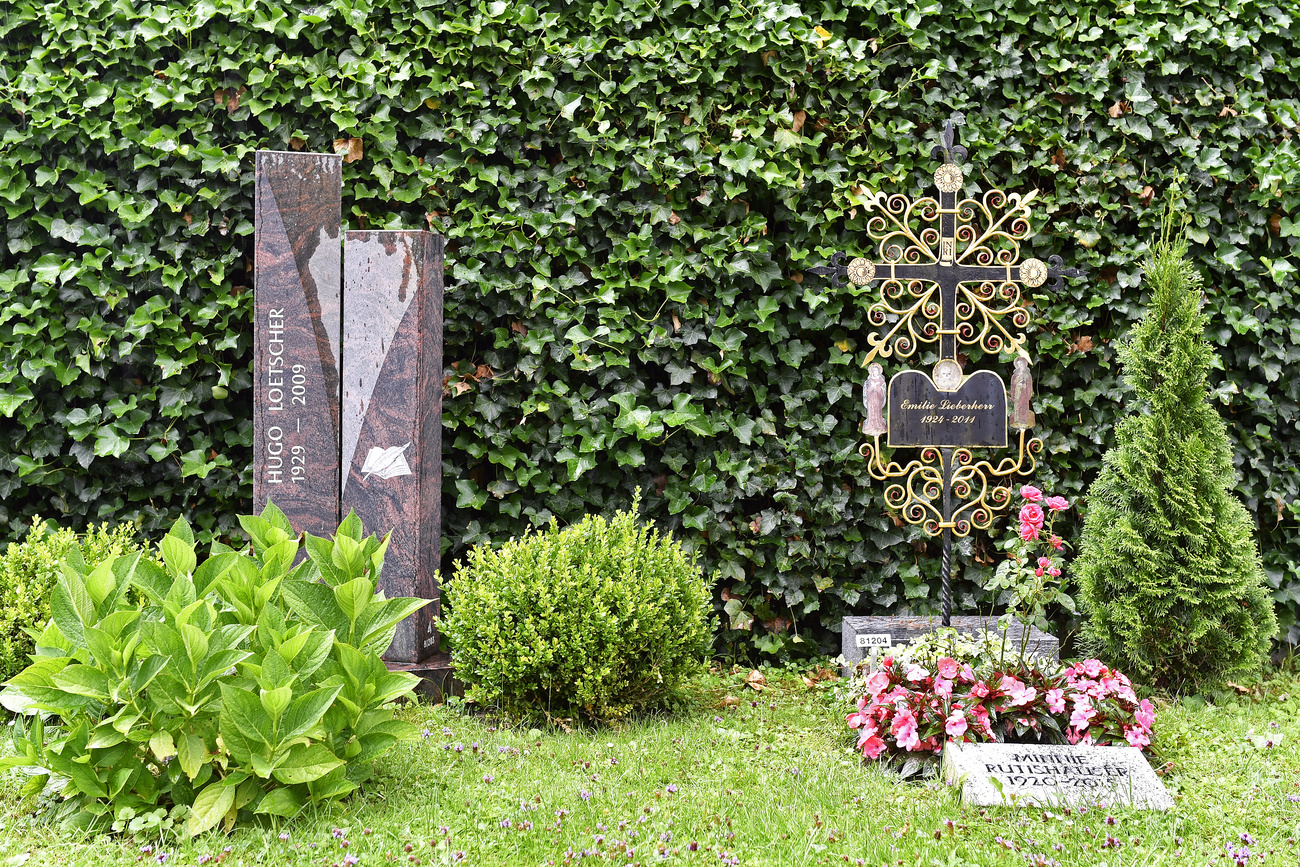
But it is still rare to read the names of two women or men on family grave stones, notes Bettina Burkhardt, a member of the Rainbow Rest working group. She represents the Lesbenorganisation Schweiz, the Swiss lesbian organisation, and is of the baby boomer generation.
“Our generation and the generations before us grew up in a very conservative environment where homosexuality was taboo as a matter of course,” she says. “Many were not accepted by their families — even completely ostracised.”
Queer people are, or were, dependent on the queer community, Burkhardt adds. “You get older together, and with that other issues come to the fore,” she says. “Death approaches and we have already had to say goodbye to close friends. Many felt the need for a place where they can mourn their loved ones together. You want to be at rest the same way you lived.”
Open to all
Zurich already boasts various themed burial areas. For example, there is a graveyard for people who want to be buried with their pets, or the “Rebstock” (vine) theme gravesite, which is located in a terraced field with rough pasture, clipped yew hedges and hanging birch trees. The plot for LGBTQ persons adjoins these themed sections.
PLACEHOLDERDespite the rainbow name, the graveyard is not exclusively for the LGBTQ community. The relevant cantonal regulation provides for municipalities to set up special burial plots for members of a religious community. But there is no provision for reserving special plots for other interest groups.
“Our focus is to have a ‘safe space’ for queer people. But anyone and everyone can rent a grave here. We are open to all,” says Burkhardt.
For the time being, the Rainbow graveyard offers about 30 plots, but it can be expanded to over 100.
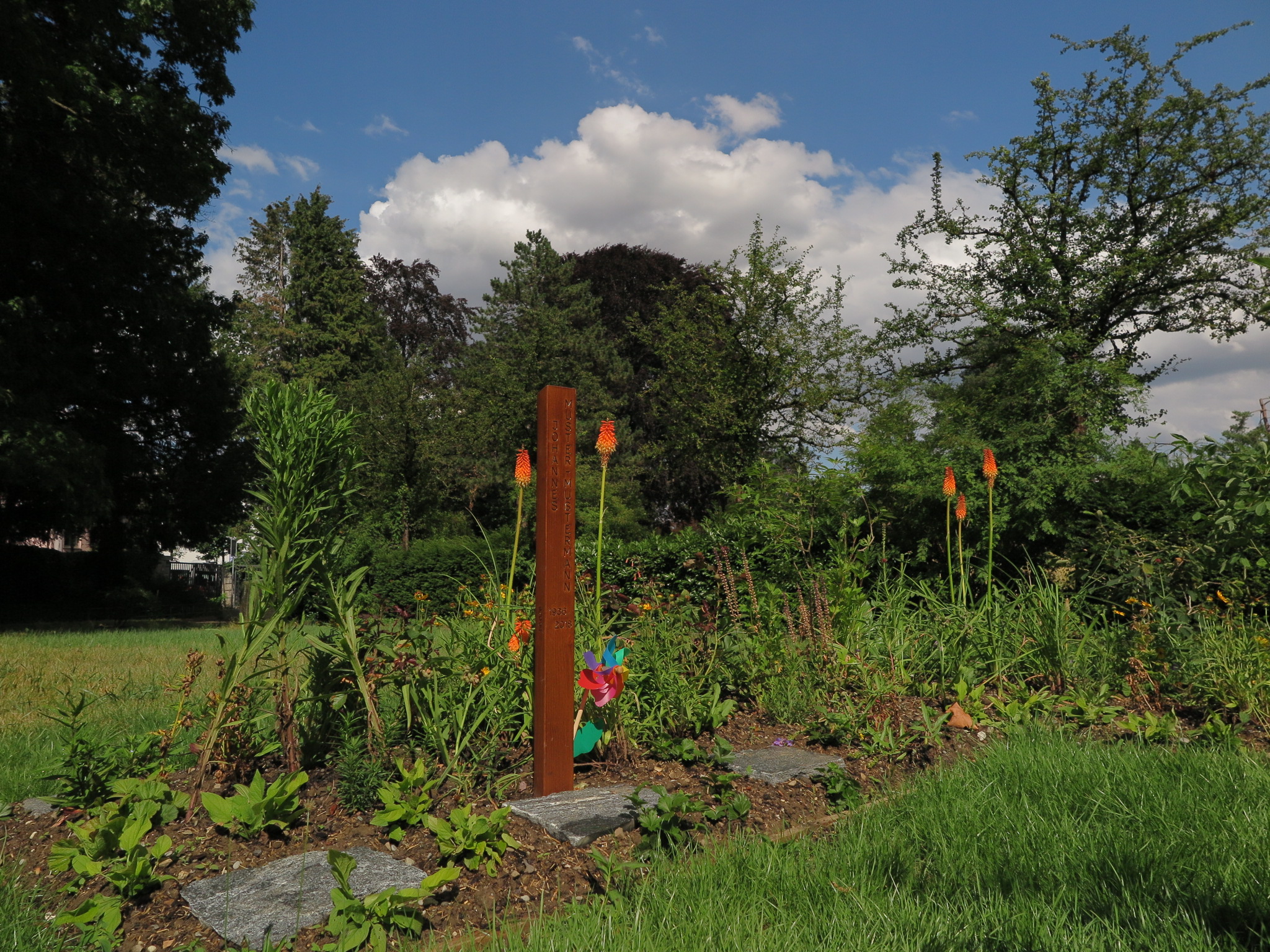
Segregation or a way of raising visibility?
Several media in Switzerland reported on the Rainbow Rest project. Some columnists’ reactions were fiercely critical. Among the criticisms was the view that political concerns do not belong in the cemetery. Or that people who have sought social acceptance are now trying to separate themselves from society.
For Burkhardt, it is important that LGBTQ lifestyles remain visible beyond death. Cemeteries reflect society. “Our recent successes in the fight for more rights in important areas are a big step forward,” she says. “Equal rights do not, by a long stretch, mean equal acceptance. We will only really be at home in society if we don’t encounter hate and criticism again because of a graveyard project.”
The Rainbow graveyard in Sihlfeld is only a part of the “Rainbow Rest” project. In the future, the project’s initiators also want to publish biographies and the final resting places of deceased queer people on their homepage. They also want to organise memorial events and provide information about services relating to death for queer people. A fund has been set up for this purpose.
The graveyard opens in September. The cemetery administration began taking reservations in July. The cost of a grave is CHF2,000 ($2,300) for 20 years, or CHF2,450 for people living outside Zurich. For that fee, the city takes care of the grave maintenance.
The cemetery nursery plans to plant the LGBTQ area as colourfully as possible to mimic the rainbow, symbol of the community’s diversity.

More
Death

In compliance with the JTI standards
More: SWI swissinfo.ch certified by the Journalism Trust Initiative















![The four-metre-long painting "Sonntag der Bergbauern" [Sunday of the Mountain Farmers, 1923-24/26] had to be removed by a crane from the German Chancellery in Berlin for the exhibition in Bern.](https://www.swissinfo.ch/content/wp-content/uploads/sites/13/2025/12/01_Pressebild_KirchnerxKirchner.jpg?ver=a45b19f3)














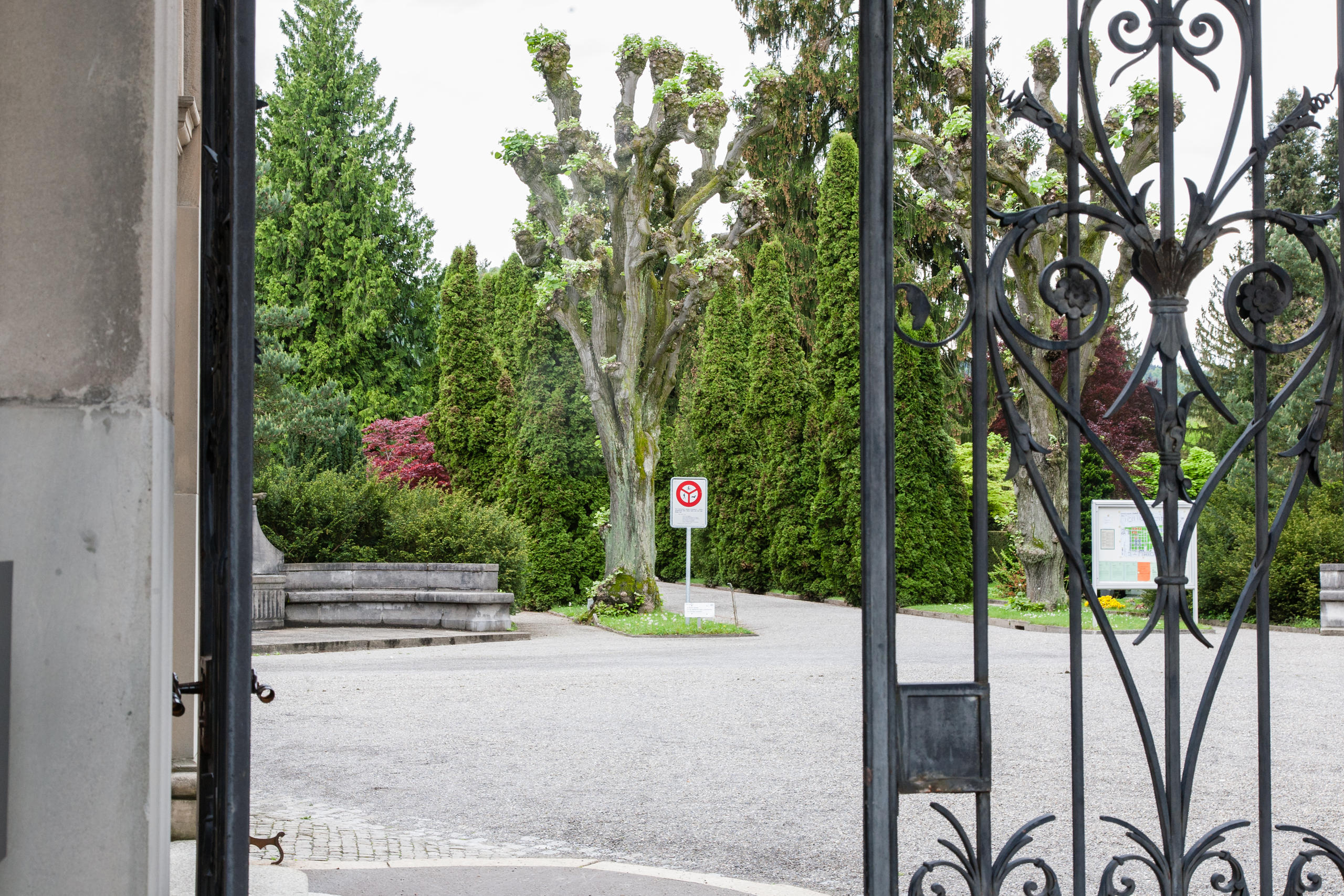
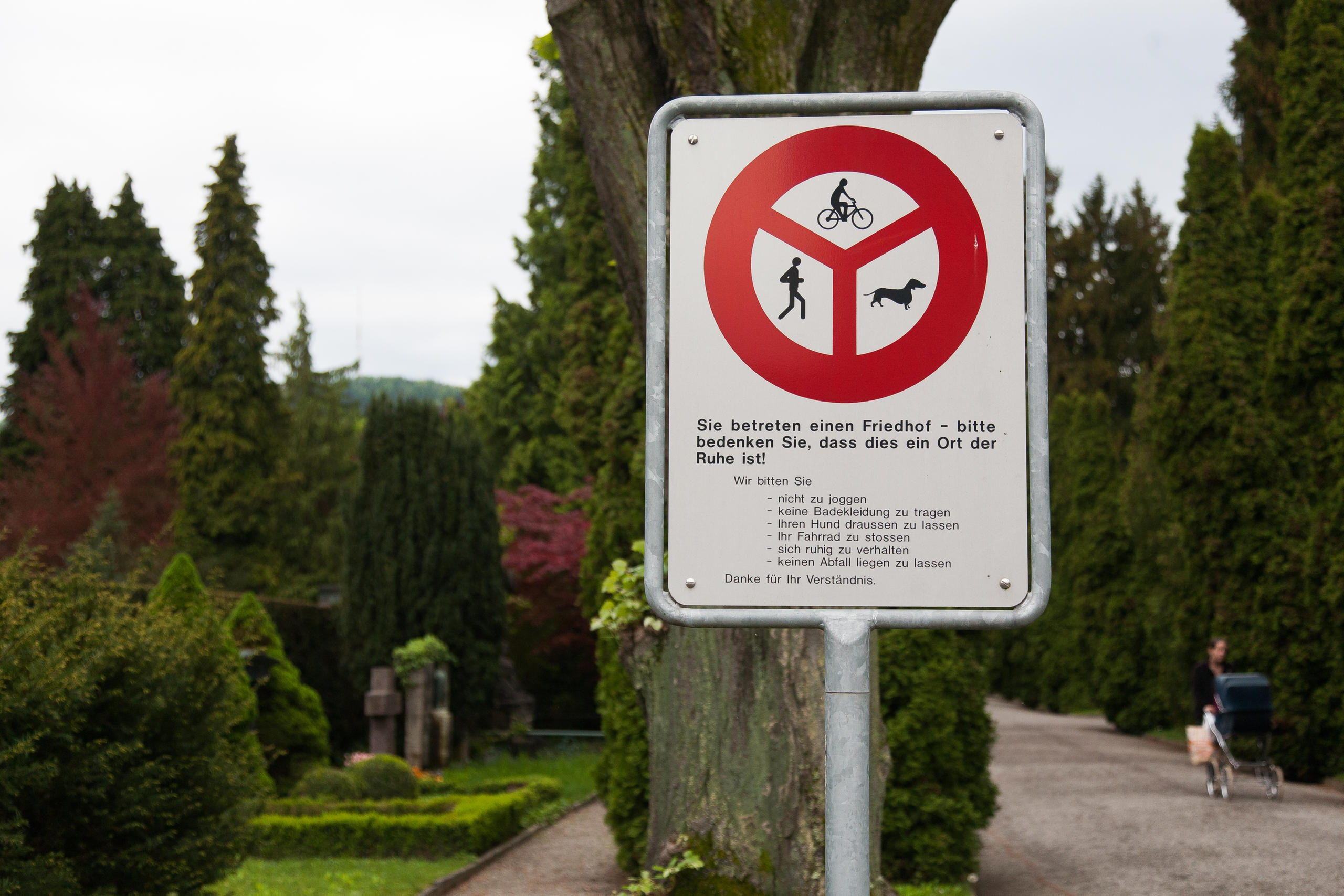
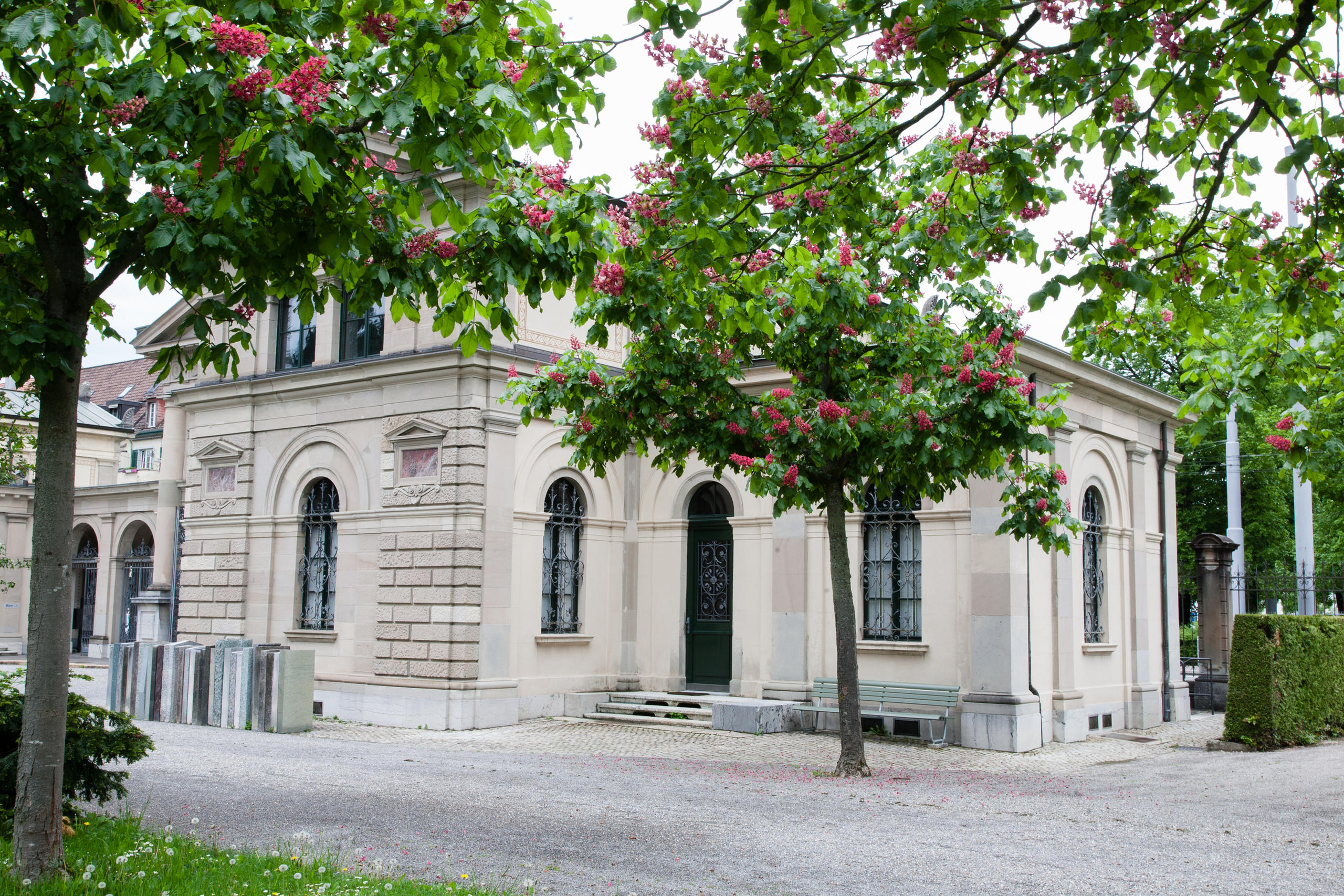



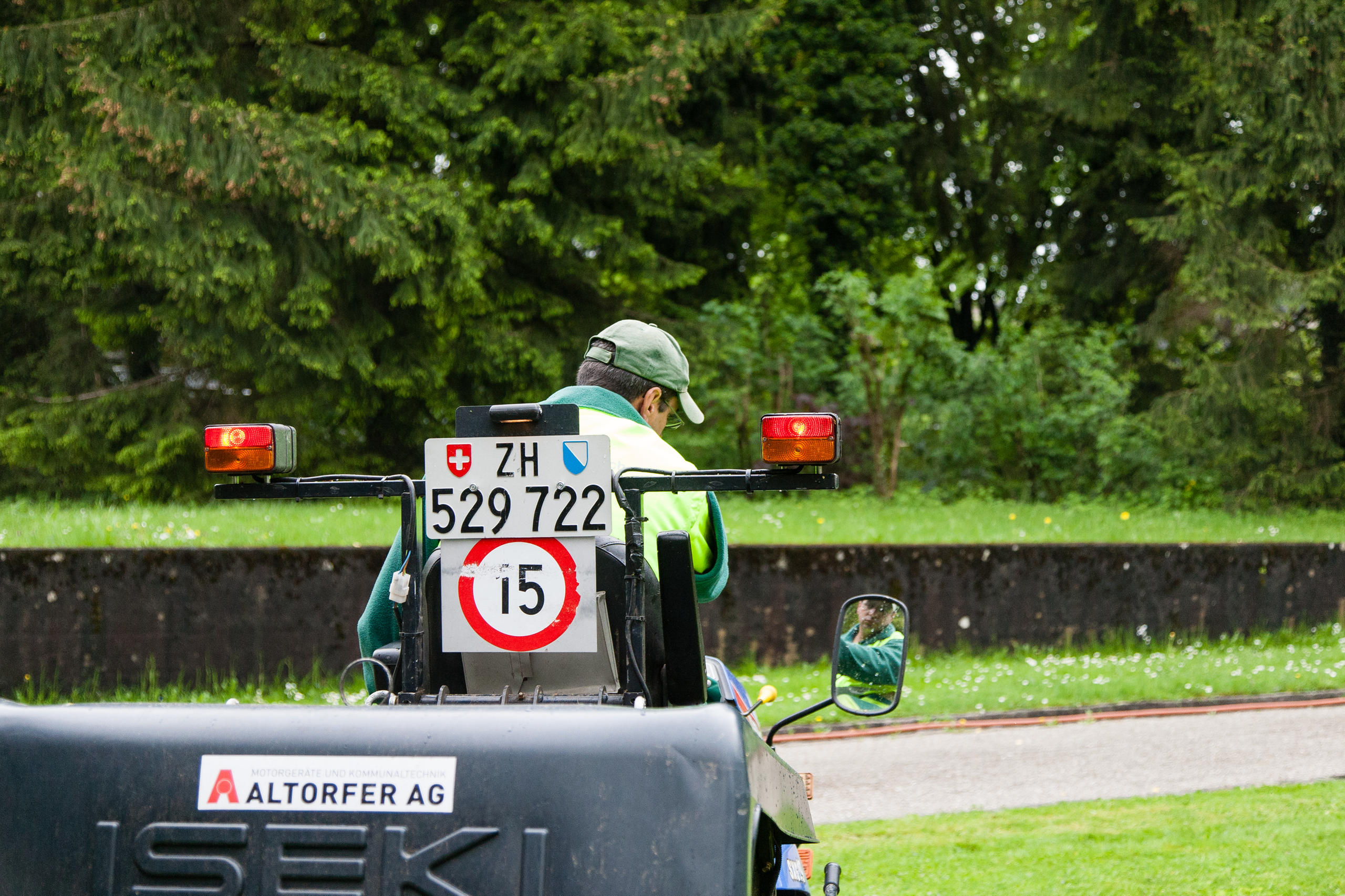
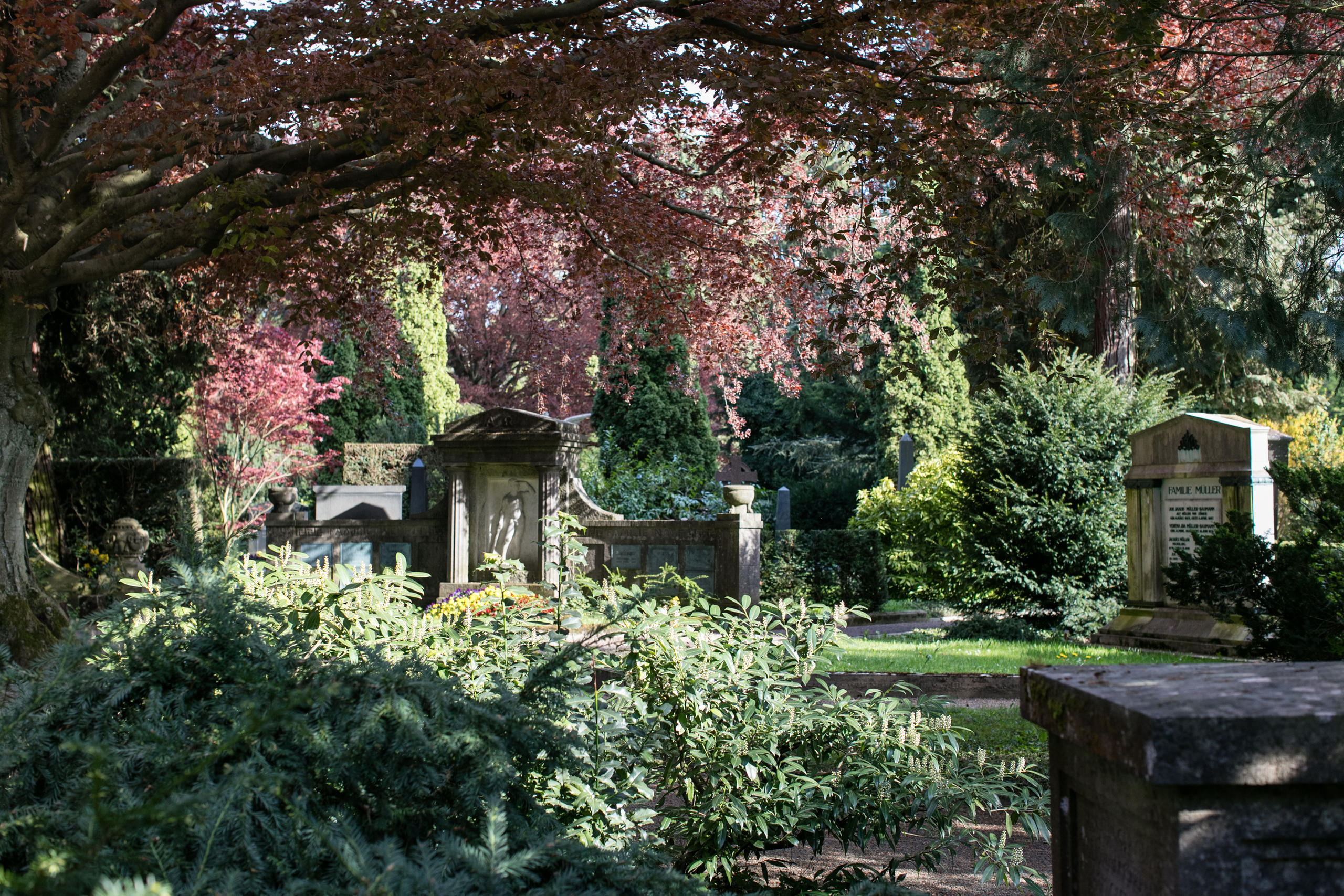
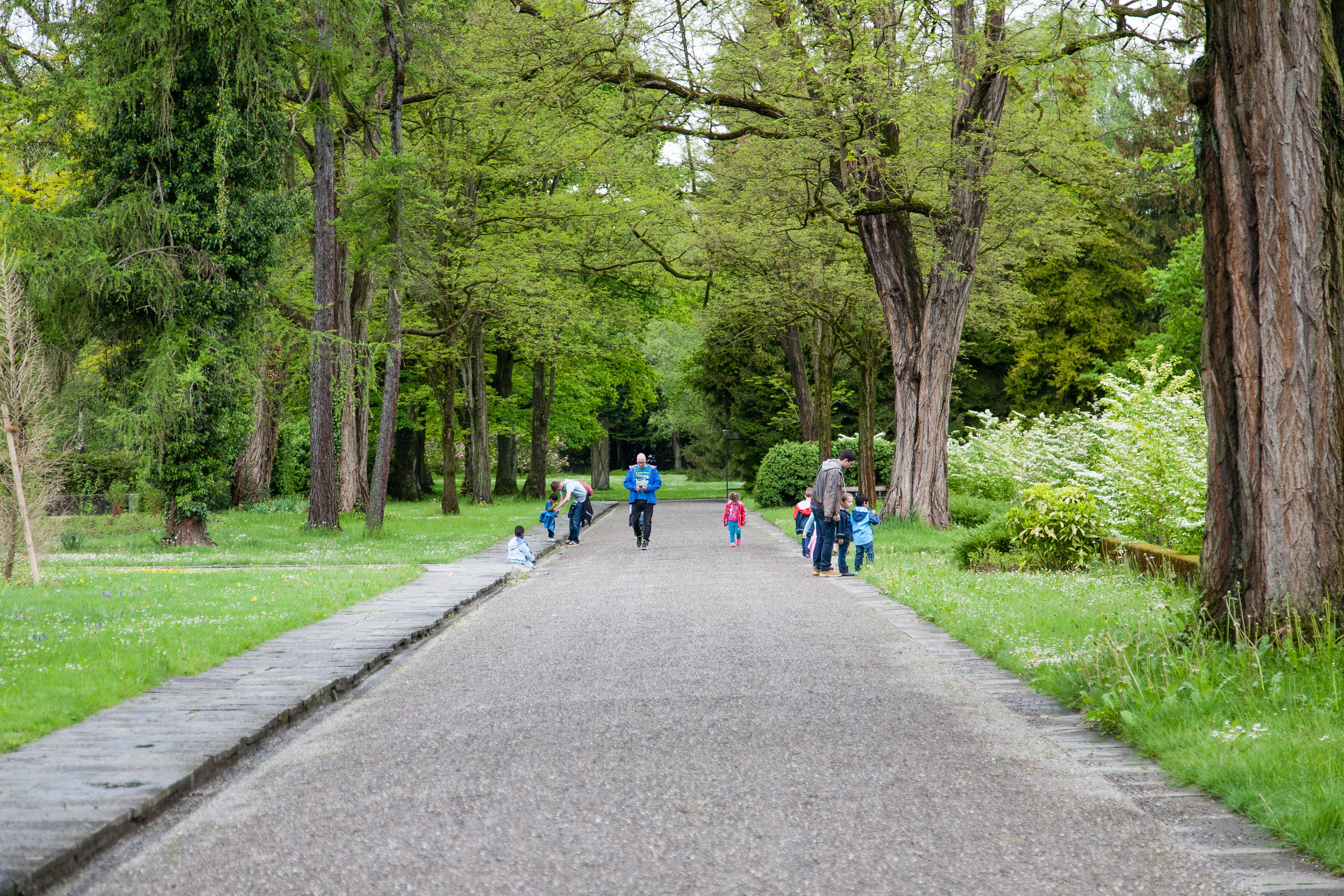
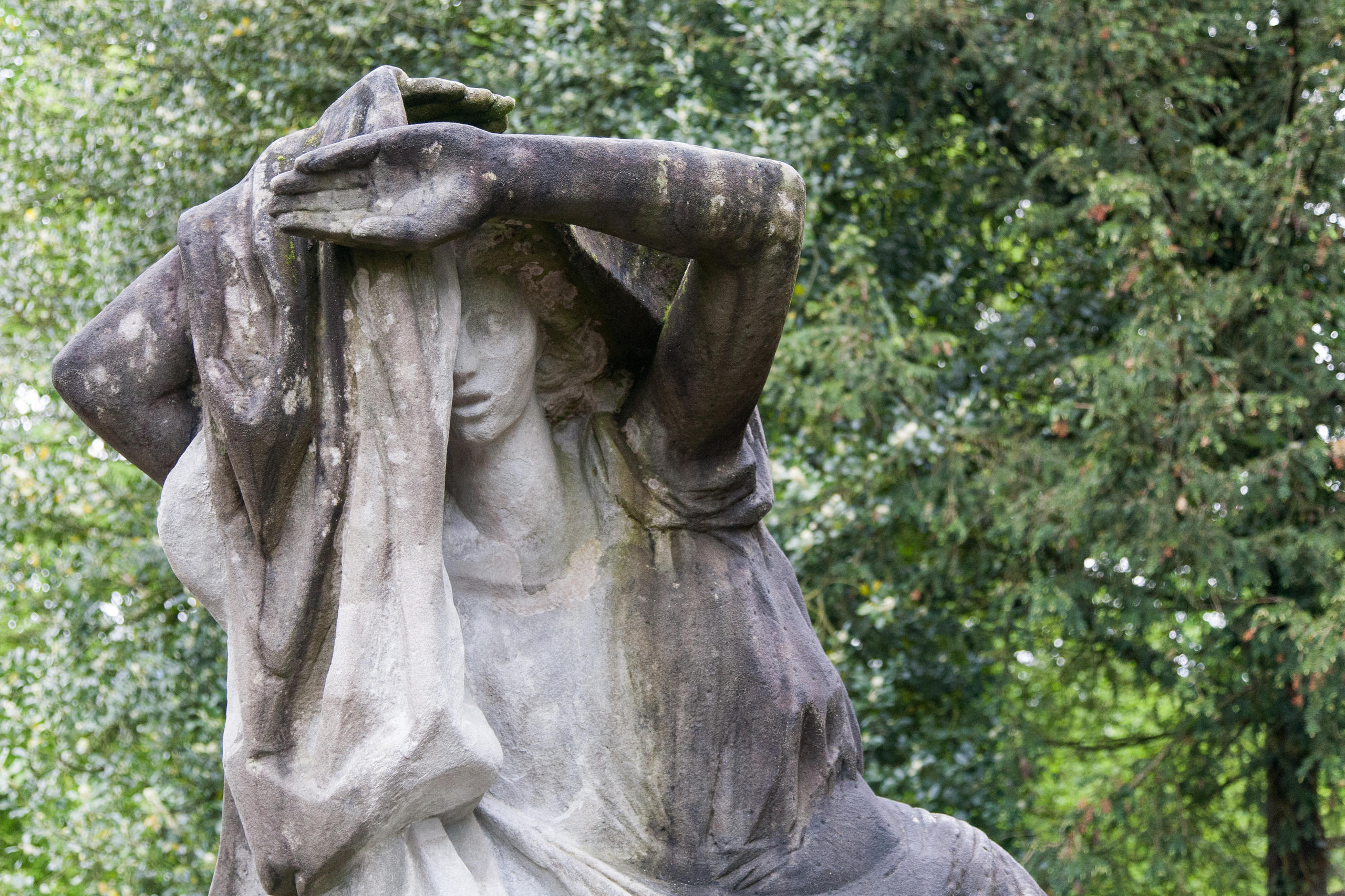
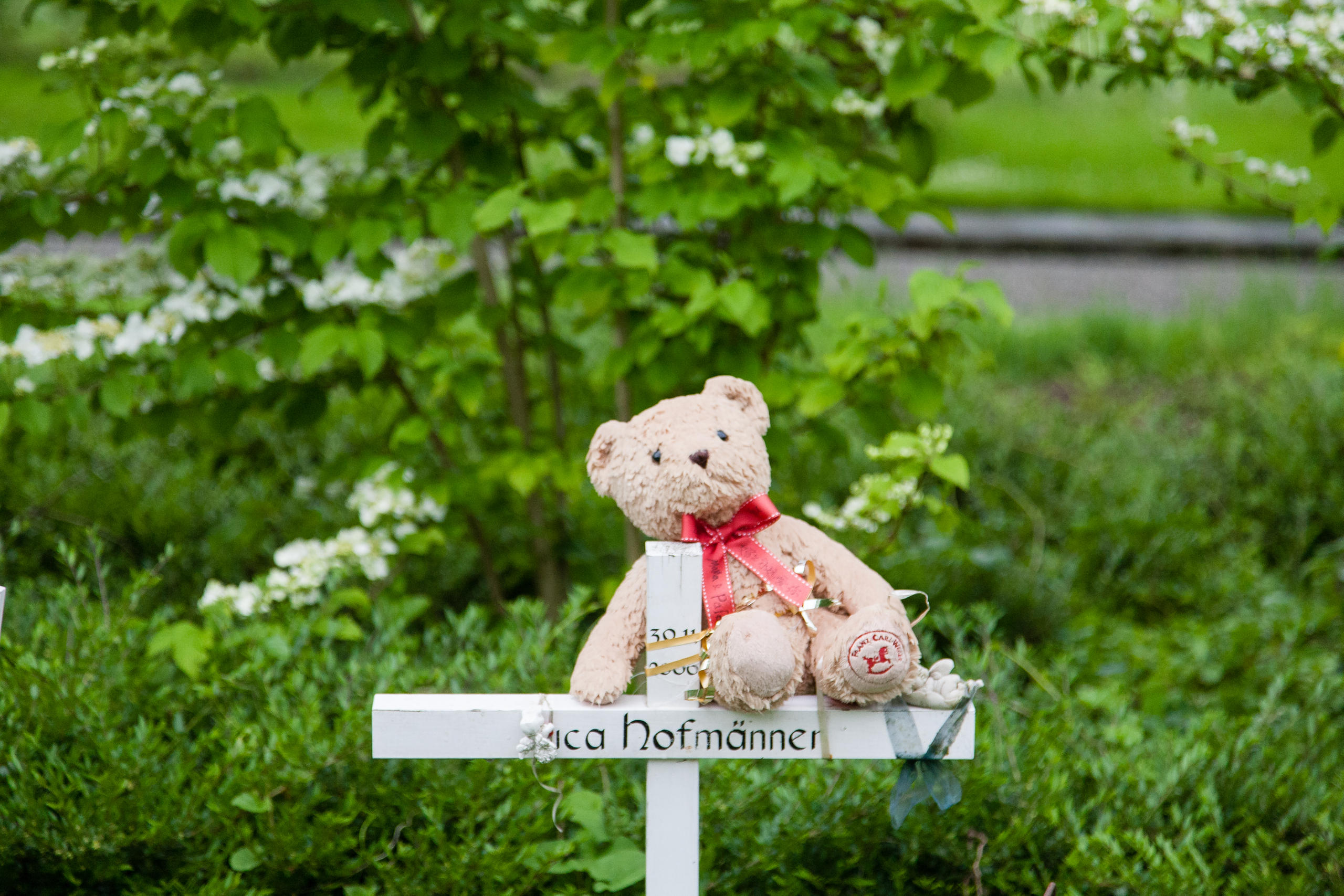
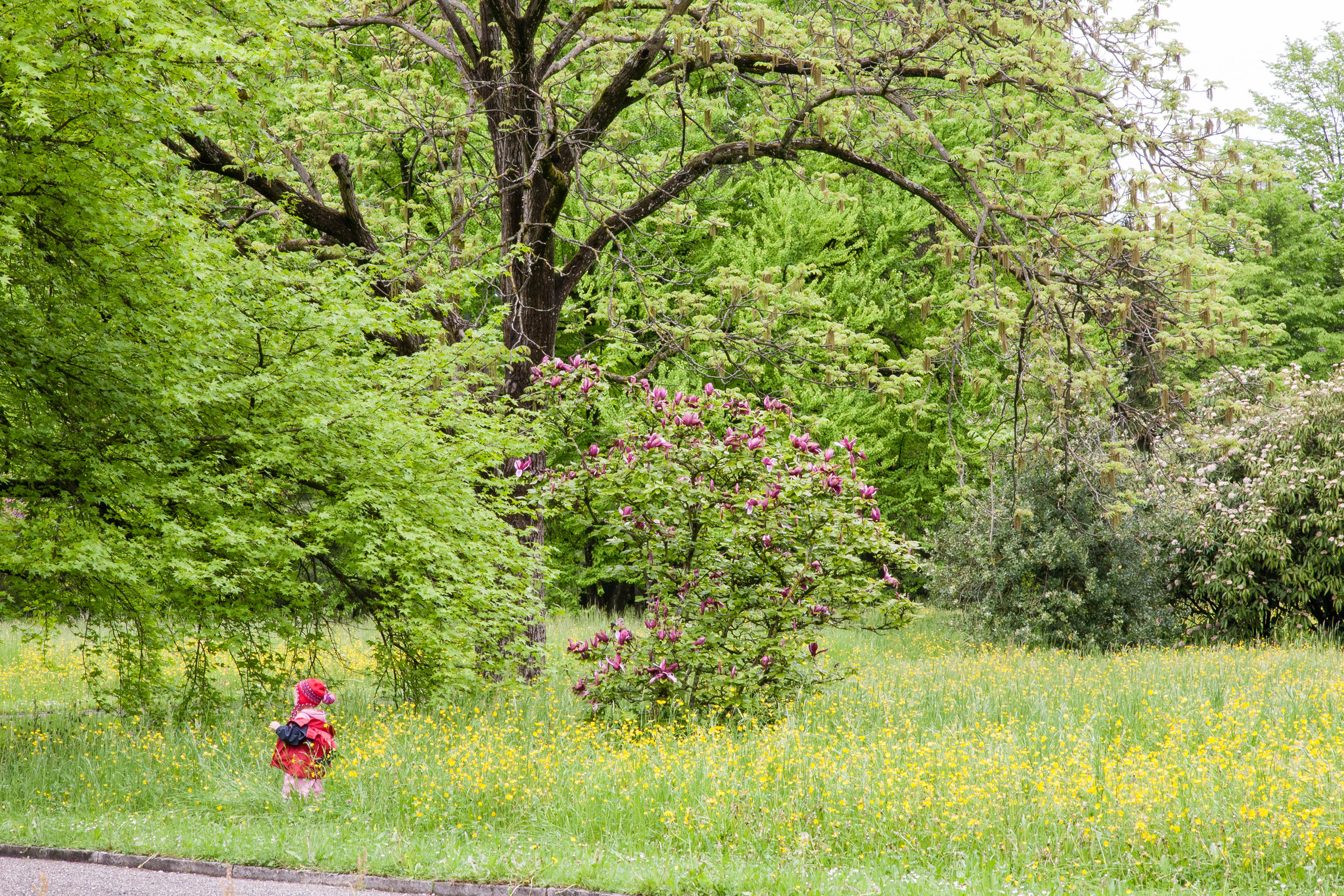
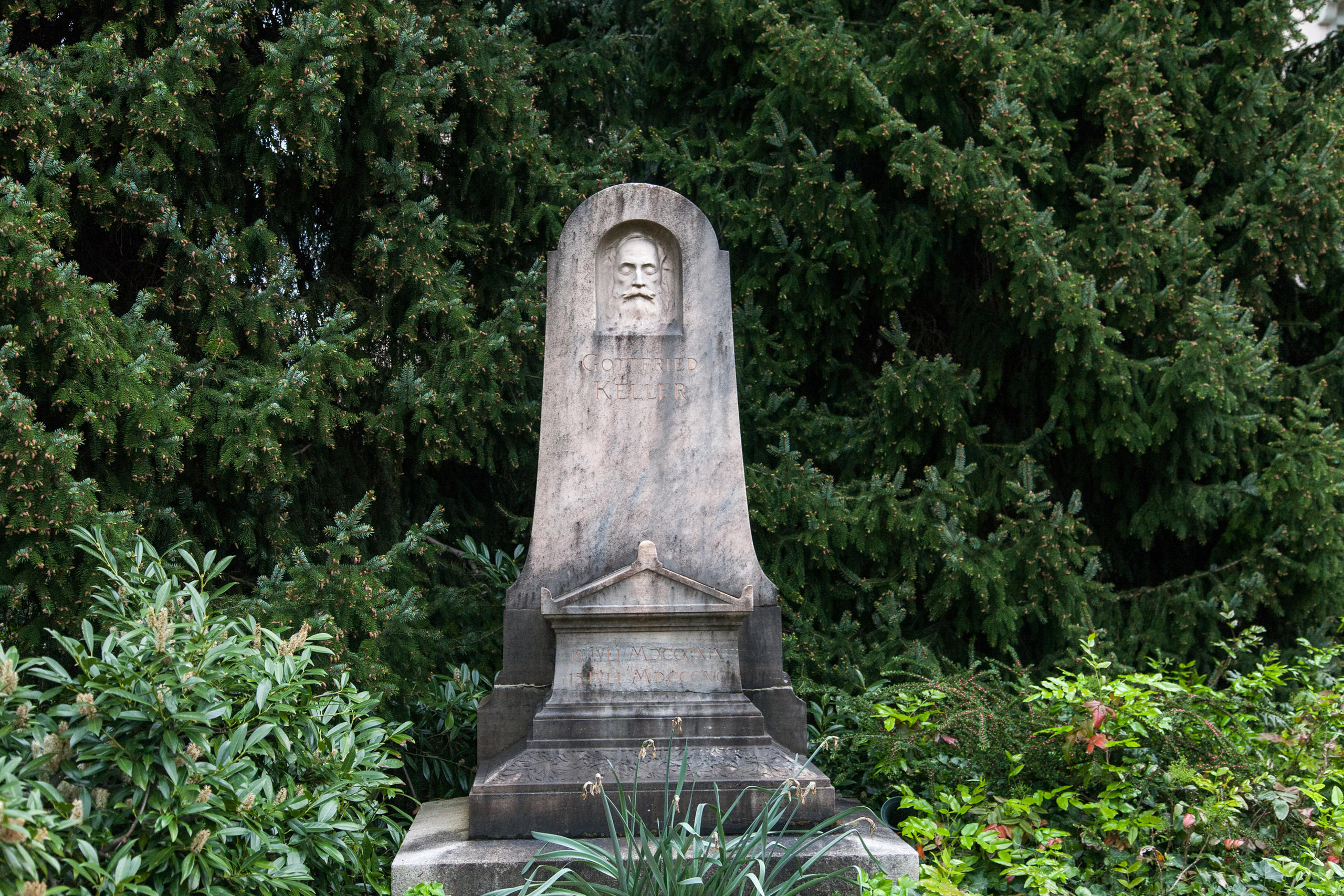




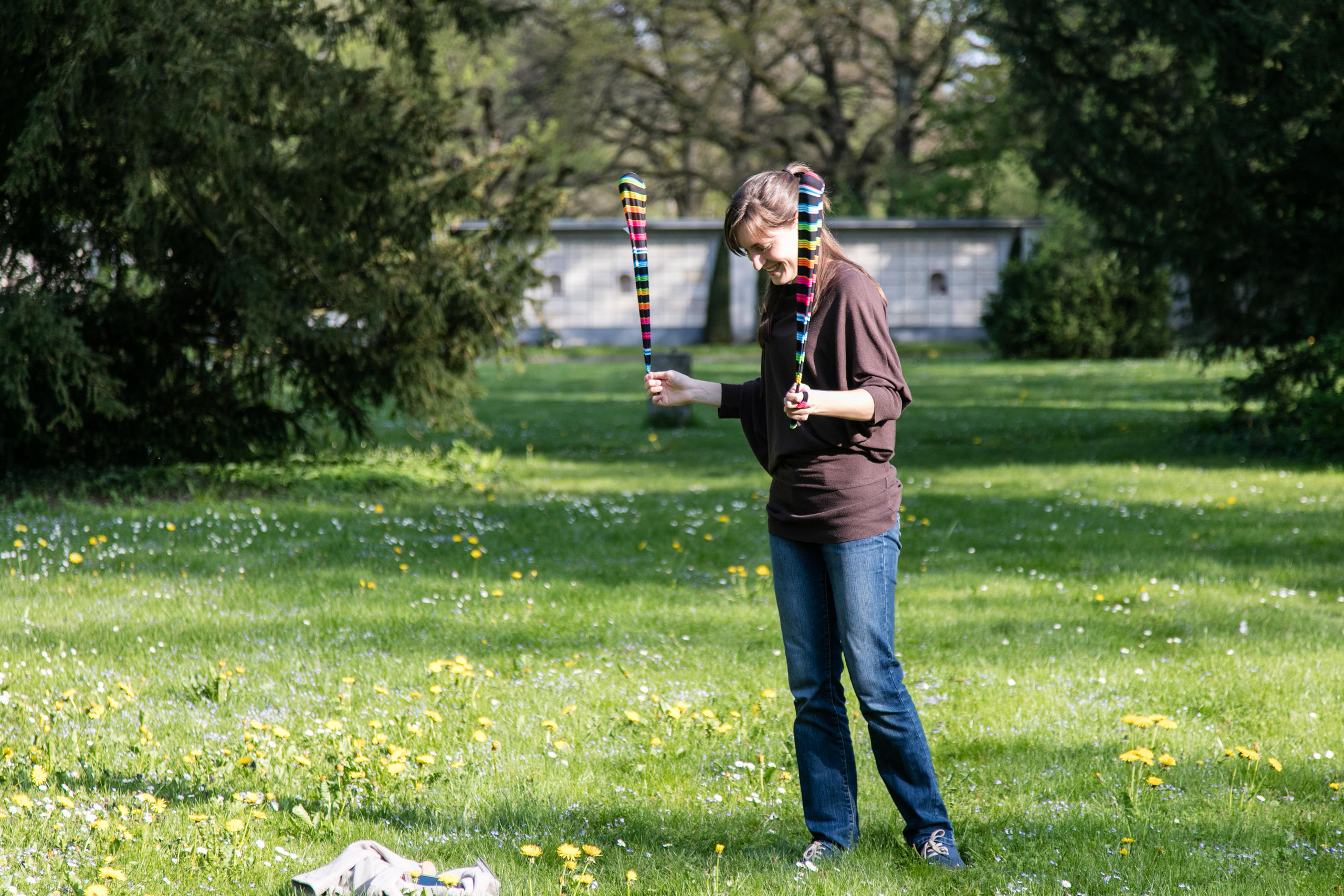

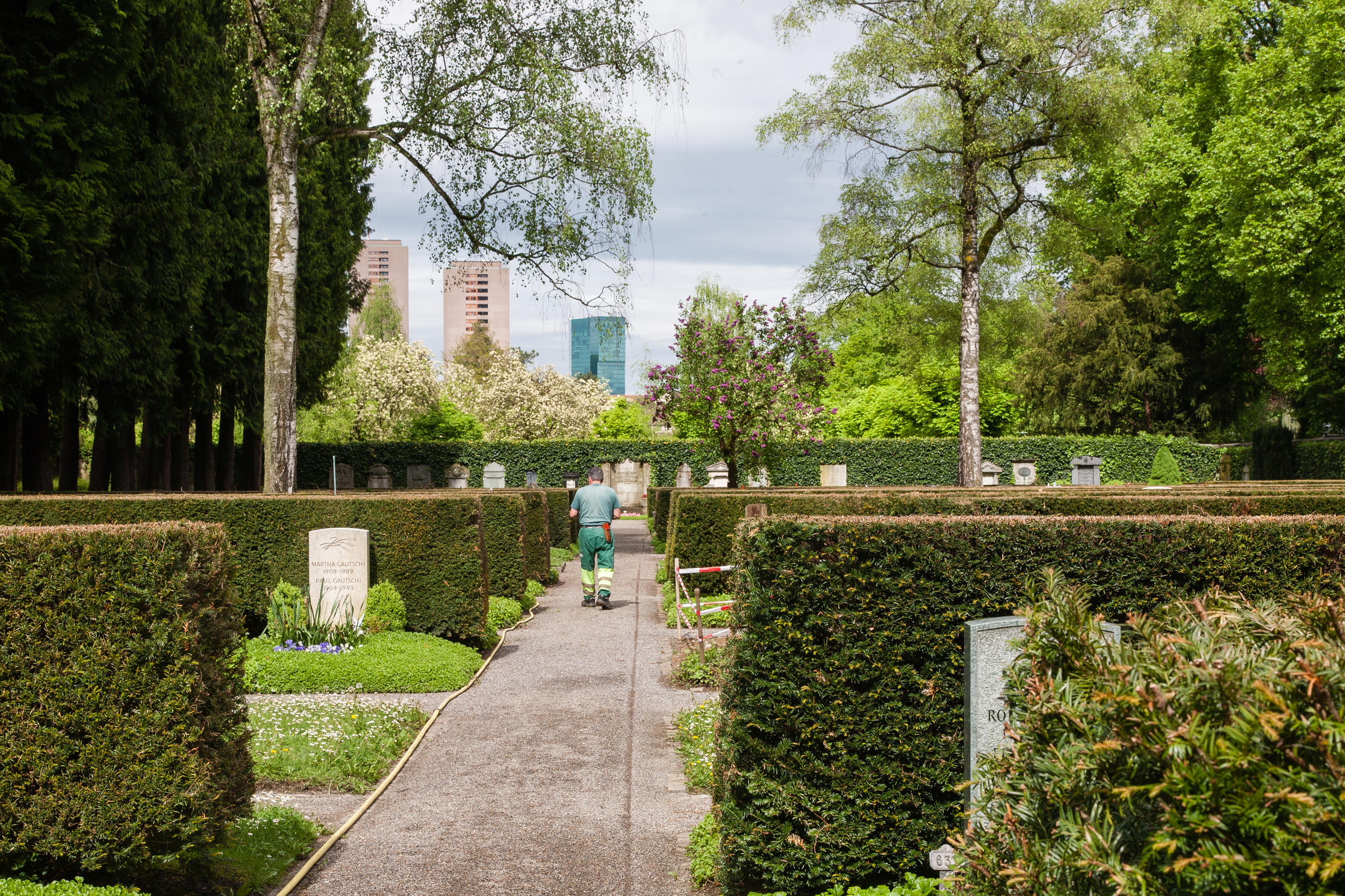
You can find an overview of ongoing debates with our journalists here . Please join us!
If you want to start a conversation about a topic raised in this article or want to report factual errors, email us at english@swissinfo.ch.